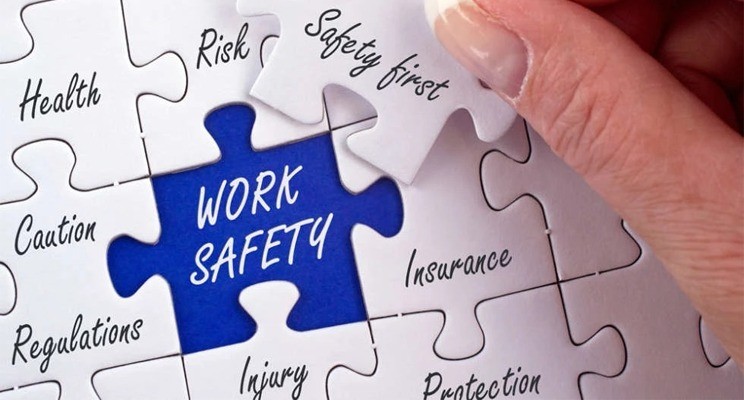Supporting your staff is not only essential but benefits your entire workplace too. When you create a positive company culture that puts wellbeing first, your employees feel more motivated, connected, and supported in their personal and professional lives.
Regardless of your professional niche, it’s worth knowing how and why you should implement thoughtful and comprehensive health and safety measures.
Why focus on wellbeing support alongside health and safety?
Employee wellbeing covers multiple aspects across physical, mental, and financial health, which are all factors influenced by the policies and resources available in the workplace.
When you extend wellbeing services to your employees, they will naturally feel more cared for and valued too. Focusing on health and safety also enables you to reduce the number of sick days, especially if you’re willing to accommodate flexible working requests.
How to prioritise health and safety
- Have the right facilities
Certain facilities are required in every workplace, no matter your industry. The most essential facilities at work should include:
- Welfare facilities, with the correct number of sinks and toilets. Access to drinking water and areas for breaks and mealtimes are also included.
- Healthy working environment, which offers a tidy and hygienic workplace at a reasonable temperature. It needs to be well ventilated, lit appropriately, and be spacious enough for the number of employees.
- A safe space to work, with all equipment maintained, plus unobstructed walkways and windows that can be opened easily.
- Provide the correct equipment
If you work in a manual industry like manufacturing or warehousing, it’s essential to supply each workplace and employee with appropriate Personal Protective Equipment. Tools and equipment should be fit for purpose and stored correctly, with electrical equipment maintained to a high standard.
Ensuring that your employees use only high-quality and industry-approved tools is important. If heavy lifting is an ordinary task on-site, you should also try to make sure that your team know about the safest and most effective lifting techniques. For heavy loads or vehicles on the factory floor, eye bolts like these ones from RS make an effective choice to support safe lifting.
- Offer comprehensive wellbeing support
Work and personal life can’t always be separate, so it’s vital to help your employees get the help they need. There are several ways to approach this, so you’ll need to weigh out the pros and cons of offering support through the company or using external agencies.
Another way to make your employees feel more supported is by offering flexible working solutions where necessary. Giving staff the option to change their working hours, either temporarily or permanently, can help them to find a better work-life balance – especially if they’re facing other challenges outside of work.
- Train first aiders
Lastly, you never know when you or another member of your team might need first aid at work. It’s vital to make sure that at least one person on the team, preferably someone with a senior or leadership role, is trained and qualified to deliver first aid at work. This could contribute to saving someone’s life while they wait for paramedics or other first responders to arrive on scene.
There are several first aid courses to choose from. The St. John Ambulance Service offers an extensive First Aid at Work training course, which follows official guidance from the Health and Safety Executive. Those who take the course learn an array of practical skills to cover a range of unexpected medical situations.
Keeping compliant with health and safety requirements offers distinct advantages to your company and helps your team too. No matter your industry, there’s no reason why you shouldn’t be focusing on health, safety, and thorough employee support at all levels.





